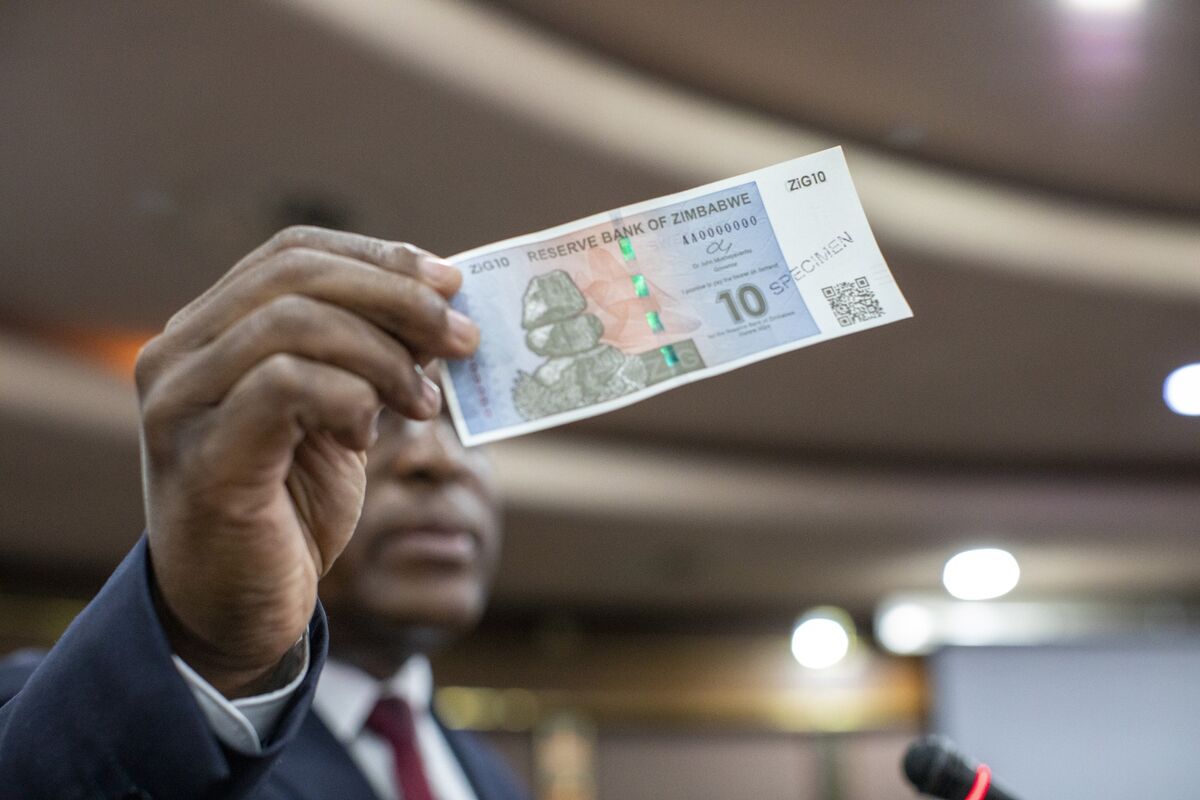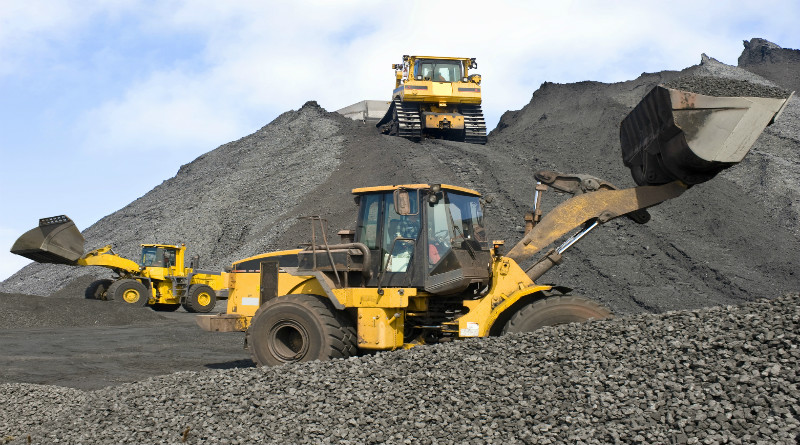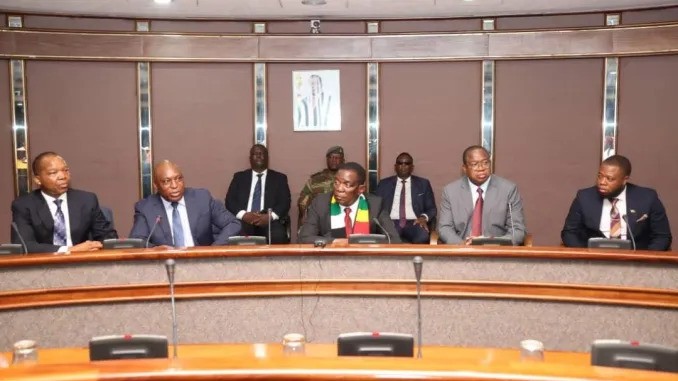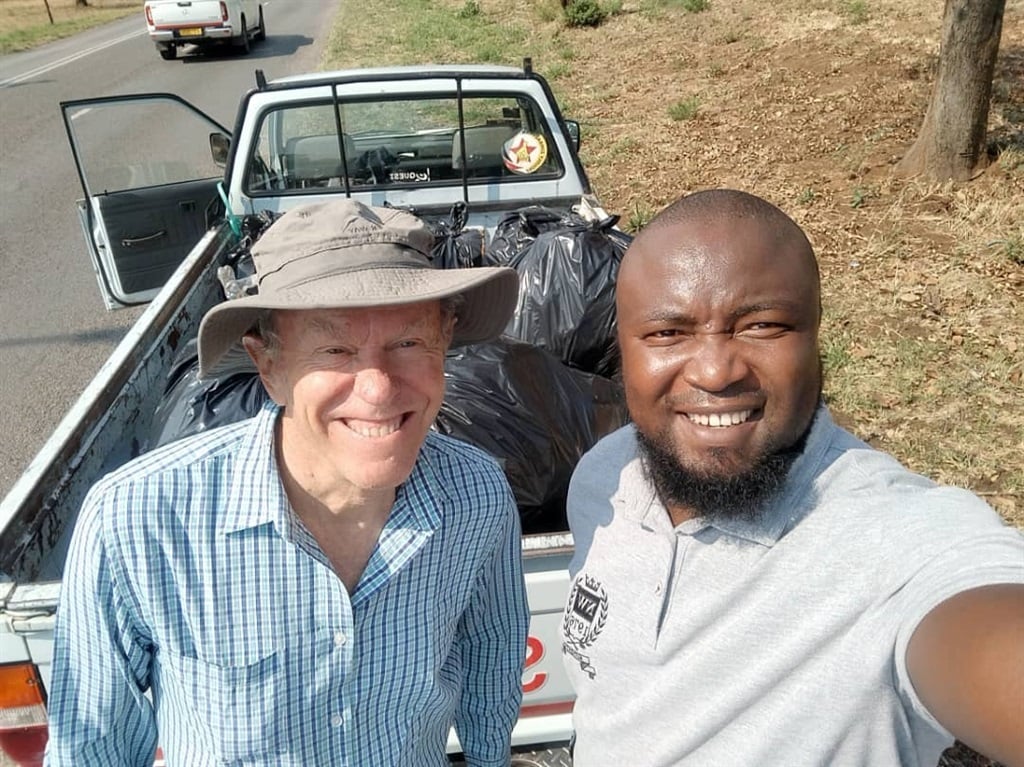New moves to investigate the airport road deal would reopen one of the most sordid recent chapters in the country’s long history of greed and impunity.
The Zimbabwe’s Anti-Corruption Commission (ZACC) and the Auditor General’s office have separately called for probes into the airport road contract. Construction of the 20km road, known as the Joshua Nkomo Expressway, is among dozens of cases of suspected corruption that ZACC wants to investigate, according to a report in the state controlled Sunday Mail.
An investigation would find how the taxpayers and Harare ratepayers ended up paying eight times more than was recommended, how the City of Harare gave away vast tracts of prime land to pay for the project, and the lead role played in all that by Ignatius Chombo, then Local Government Minister.
What is known already, from internal investigations by the City of Harare, a report by the Auditor General, and other separate investigations, is that;
- The airport deal was awarded to Augur Investments without going to tender, and involved the City of Harare pledging 4000 hectares of land to the company as part payment;
- Showing the level of impunity, Augur Investments at one point shared the same address with a company owned by Chombo, whose Ministry had overseen the awarding of the deal. An investigation found that Augur and Chombo’s Harvestnet Enterprises both listed 62 Quorn Avenue, Mt Pleasant, Harare, as their address;
- Michael Mahachi, who was caretaker chairman of council at the time the contract was awarded to Augur, was also “project manager” for Augur. He sat in meetings where land was awarded to Augur;
- Ratepayers and taxpayers ended up paying much more, in land and millions of dollars, than they should have;
The road from Estonia
A new airport road was first mooted back in the 1990s, but no serious moves were made towards its construction until after 2000.
It was a fairly big project at the time; a first phase would include a 20km stretch from the airport terminal onto the margins of the Harare city centre, while a second one would see an overpass stretching up to 10km to the new Enterprise road.
This would be a profitable project for whoever got the contract. In 2007, without going to tender, the Harare city council awarded the deal to Augur Investments. The company’s foreign address led to a small flat in an industrial district of Estonia’s capital, Tallinn.
The company was only registered in Estonia in September 2007, months after it had signed the airport road MoU in May. It was also registered in Mauritius.
One of Augur’s directors is Ken Sharpe, a businessman most recently in the news after being ordered by a court to pay $6,3 million in outstanding taxes relating to goods that one of his firms supplied to the Zimbabwe government. Sharpe was recently named in the Panama Papers as one of the 280 locals with dealings with offshore companies in leaked documents of a Panama law firm, Mossack Fonseca. He has previously denied any wrong doing.
Augur has done developments such as Mainway Meadows, a market at the “Mbudzi” area and another in Mbare, a residential project in Kuwadzana 4 in Harare.
Chombo’s lead role
Chombo’s personal role is laid bare in a 2010 investigation by Harare City councillors.
First, Chombo made sure everyone who sat in meetings did his bidding. In an interview recorded by councillors investigating the tender, it was revealed that chamber secretary Josephine Ncube had been involved in earlier meetings, “but was later notified by the Town Clerk Dr (Tendai) Mahachi that she was not to be involved in any meetings because Dr I Chombo had said so.”
Said the report: “The Chamber Secretary was advised not to be involved in the Airport Road project by the Minister (I. Chombo) but her subordinate, (Chief Legal Officer) was to be the Council’s legal representative in the project.”
The meetings went smoothly for Augur. This was not surprising, as one of the men sitting on the side of council, negotiating what land to give away to Augur, was in fact Augur’s own man.
“(Michael) Mahachi was doubling as City of Harare as well as Project Manager for Augur without declaring his interests”. Mahachi, a Chombo ally and appointee, had superintended over the handover of land to Augur, a company he was working for.
“At this meeting (in 2008), M. Mahachi gave feedback on Council land he had identified for payment to Augur. M. Mahachi, the custodian of Council land as a Councillor, but now Project Manager for Augur and identifying land for his new bosses.”
For his role as project manager, Michael Mahachi was paid close to $2 million.
So just how much did the airport road cost?
How much the council gave to Augur in land and cash remains unclear.
Initially, council had no idea how to cost the project. So they sent a senior official to South Africa to find out. Engineer George Munyonga, a manager in charge of roads, was sent to a South African company, PowerConstruction, to determine the cost of the project. The company determined that the project would cost between $60 million and $67 million.
Augur then subcontracted Power Construction to do the preliminary construction work for the airport road. This was “in total breach of the agreement” councillors found. A payment of $3,990,129 was released to Power Construction, as “mobilisation fees”. The payout was made without council approval or the Mayor’s sign-off.
In a promotional video available on the Augur website, van Blerk says the land barter arrangement for the 20km road was worth $68 million. The highway, he says in the video, was to have seven bridges, one of which — a 450m stretch over the railway marshalling yard — was to cost $30 million.
Some 4,000ha of virgin land would be given to Augur, and this was to be used to create a satellite city to Harare, “our greatest and most exciting development project to date.”
According to van Blerk, an initial 400ha was given to Augur as initial payment. The company has used some of this land, in Borrowdale West, to build a mall, called the Mall of Zimbabwe, a 52,000 square metre development.
The Borrowdale mall project was launched by the then Acting President Joice Mujuru in October 2011, at an on-site event attended by several Cabinet ministers and high-ranking government and council officials.
However, councillors said the pieces of land that were given away as initial payment – amounting to some 93ha – were in fact transferred into the hands of a string of shelf companies, which had no evidence of legal links to Augur.
Papers filed in a 2014 lawsuit against Sharpe by some business partners does little to help peel away the mystery. According to the court papers, by 2012, Augur had been given land worth $15 million by city council. Separate pieces of land were handed to 11 nominee companies. The 11 companies are registered in the Seychelles and are all owned by Augur, the papers claim.
In March this year, according to separate court records, Augur was ordered to pay $4,8 million to T&C Construction, a subcontractor on the airport project. The company had not been paid for civil works for two years. The debt was paid in $3,3 million in cash and $1,5 million in land.
According to a 2010 report by the Auditor-General, the cost of building a road should not go over $500,000 per km. That would mean the 20km airport road would have cost $10 million. However, that figure may not have accounted for the quality of materials used, bridges and other costs.
By the time Augur’s role in the project ended, it claimed to have spent $20 million on it.
Zinara’s turn to lose money
In 2014, after delays in completion of the road raised pressure on Augur, roads agency Zinara took over the project. However, that was only the start of a fresh controversy.
According to a report by the Auditor General, the taxpayer could have lost millions due to the use of old equipment and, yet again, a shady tender processes. The report says half of the $7 million project cost paid by Zinara and the Department of Roads had gone towards paying for the hiring of equipment.
“It was observed that 52 percent of the project amount was consumed with equipment hire, 36 percent by major road-related materials, 8 percent of the amount went to wages and lastly 4 percent was used on other accessories and safety materials,” the Auditor General’s report reads.
Much of that equipment barely worked: “Ageing equipment on the project and low efficiency leading to frequent breakdown and stalling of lead activities pushed the cost of the project upwards.”
The equipment that did work was moved between the airport road and other projects so often that, the audit says, there was a risk of double payments by government. Zinara lost at least $100,000 in over-ordering. Construction materials either disappeared or were left idle. Auditors found a crusher worth $40,000 lying idle on the roadside. Bitumen worth $20,000 had been left to go to waste, while other materials were being bought for more than they were worth.
By 2015, within two years of Zinara taking over the project, it had paid $11,4 million for the project.
Some estimates have put the total cost of the project at up to $80 million, much more than initially estimated.
What we do know, however, is that all the audits done on the road point to the fact that Harare City Council ratepayers lost money and land, while taxpayers, after Zinara’s takeover, also took their turn to lose millions.
As Harare councillors summarised it in their 2010 report, the airport road project “was not done in the best interests of the country in general and the council in particular.”- (The Source)






